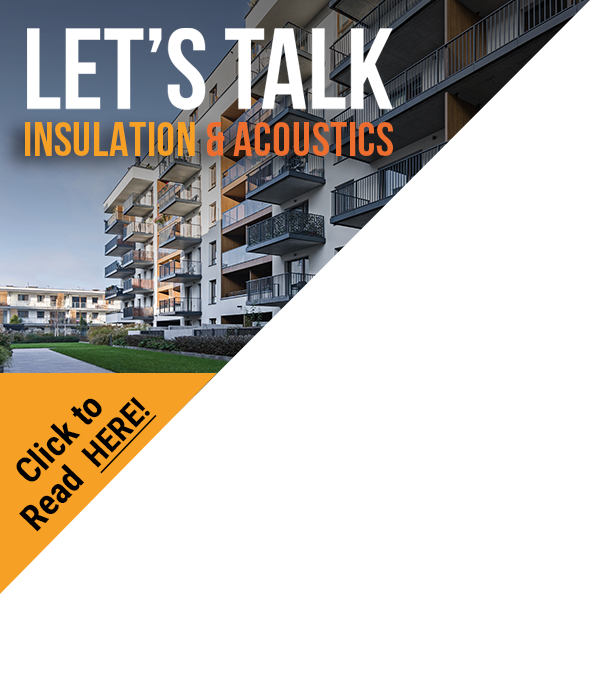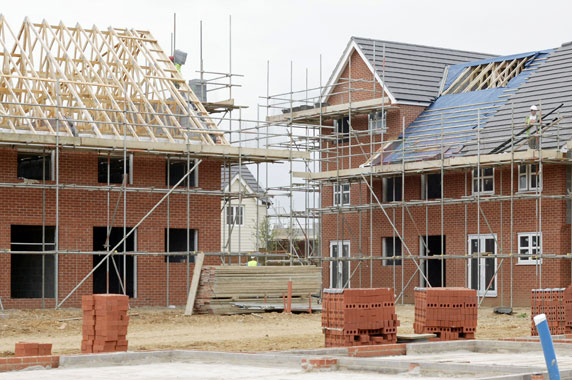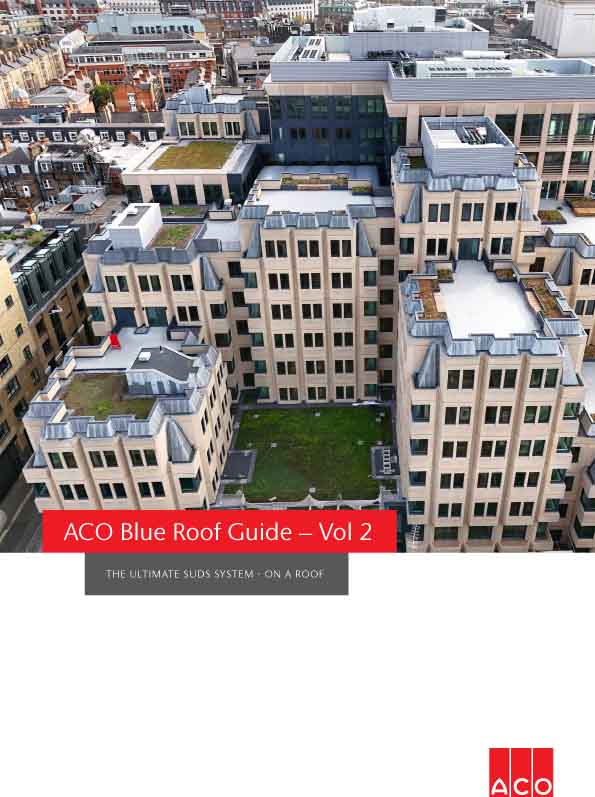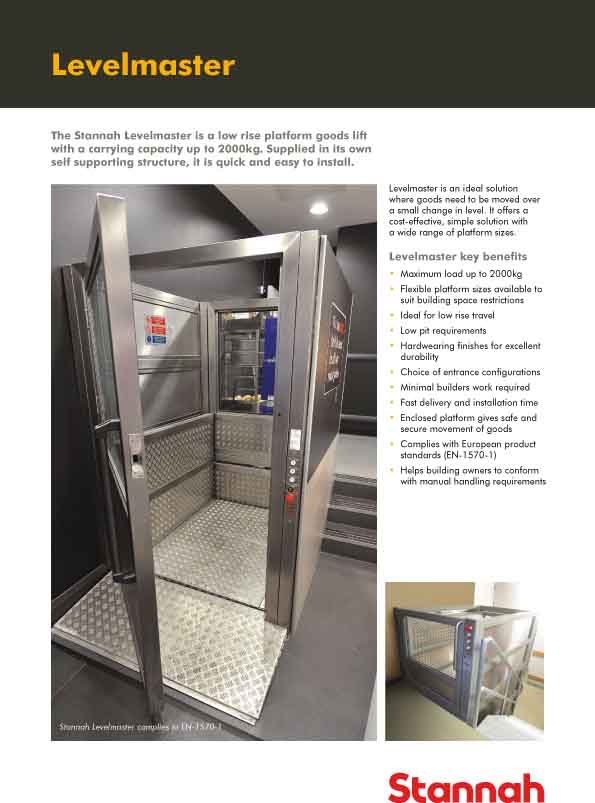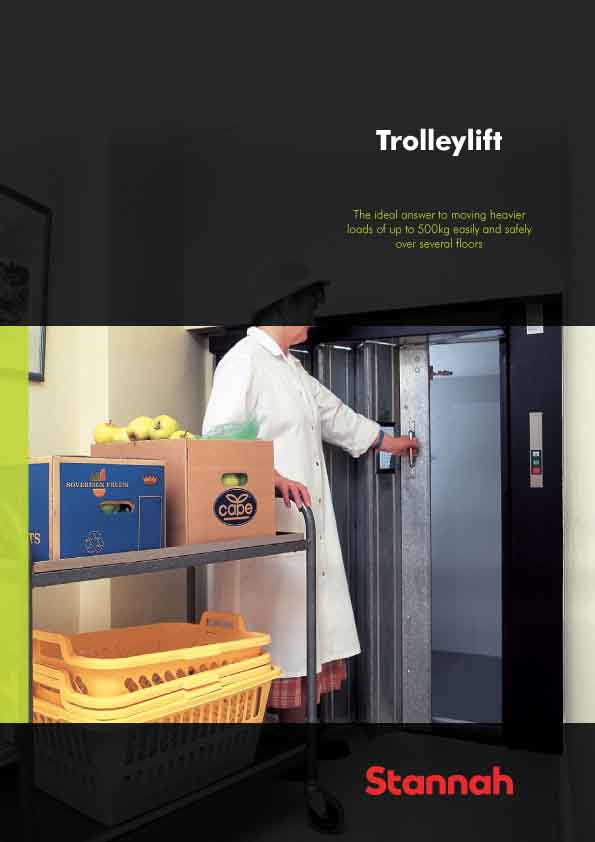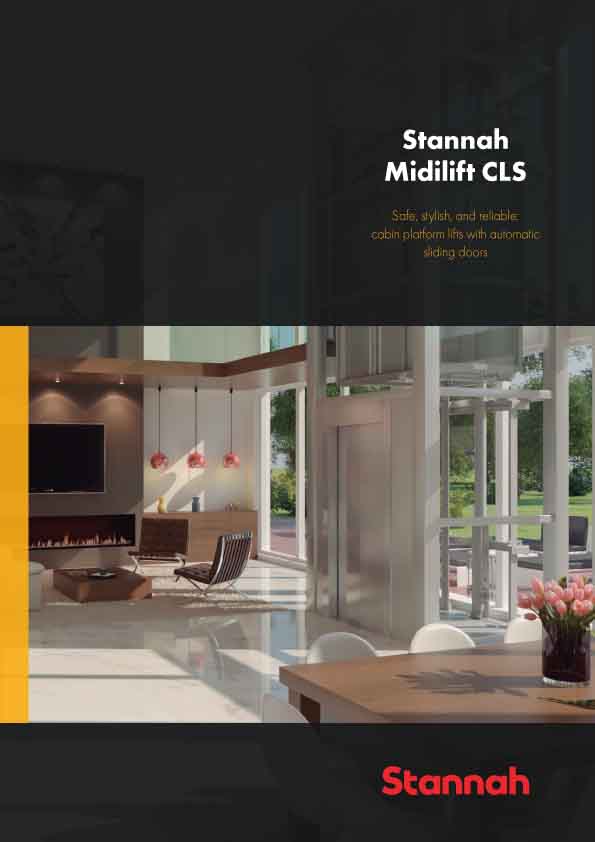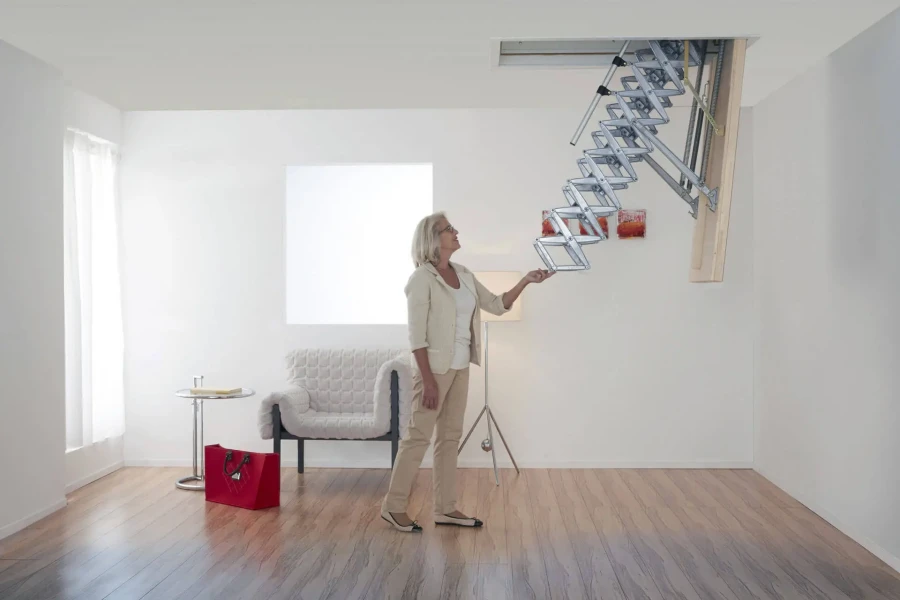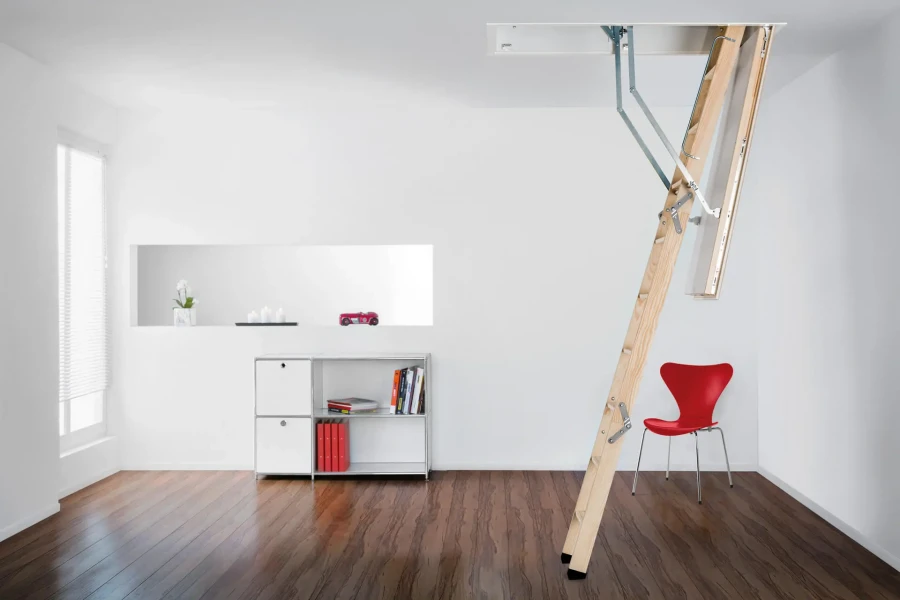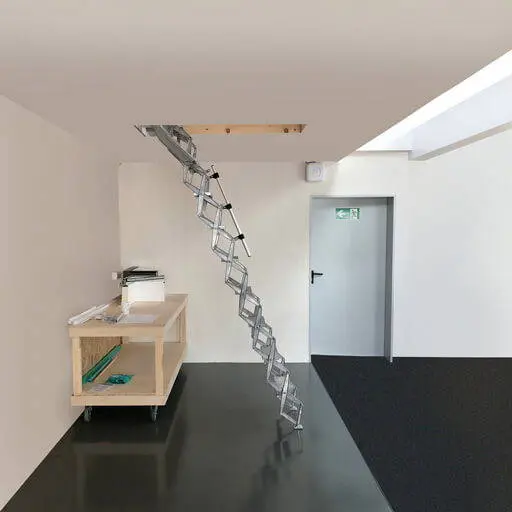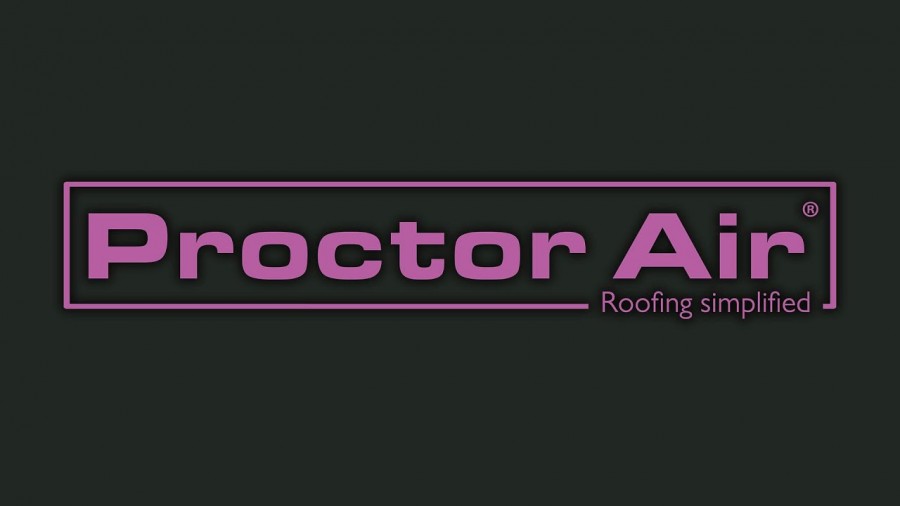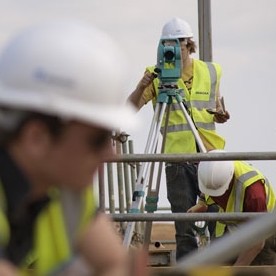
The RIBA Future Trends Workload Index dropped significantly in December 2015, falling to +15 (from +27 in November 2015).
All nations and regions in the UK returned positive balance figures, with the exception of Wales and the West (balance figure –3) and Scotland (balance figure –50). In Scotland confidence took a hit in Aberdeen and the North East, possibly relating to the impact of oil price changes on the local economy. The South of England was the most optimistic (balance figure +30).
Large practices (51+ staff) were the most confident about future prospects (balance figure +67). Small practices (1–10 staff, balance figure +16) remain positive but sentiment amongst medium-sized practices (11–50 staff) was more pessimistic with a balance figure of –7.
The private housing sector workload forecast fell to +20 (down from +25); the commercial sector workload forecast likewise fell to +9 (down from +14). The public sector workload forecast nudged back into positive territory (+1) but the community sector forecast fell below zero (standing at –1 in December 2015).
The RIBA Future Trends Staffing Index also dipped in December 2015, falling to +9 (down from +14).
Small practices (1–10 staff) returned a balance figure of +9; medium-sized practices (11–50 staff) were more cautious with a balance figure of zero. Large practices (51+ staff) continue to be the most confident about increasing staff numbers in the next three months, with a balance figure of +50.
Only 5% of practices expect to have fewer staff in the next quarter, and the overall employment market for salaried architects looks to remain robust.
RIBA Executive Director Members Adrian Dobson said: “This further dip in our headline index confirms that the overall direction of travel over the second half of 2015 has been one of increasing caution. However, the Workload Index remains in firmly positive territory overall and work in progress for our practices continues to grow, albeit at a more modest pace than in 2014 and the first half of 2015. It is also the case that we generally witness a small cyclical reduction in our forecasts in November/December as the number of new enquiries received by practices typically slows at this time of year.
“It is clear that whilst overall workloads continue to grow the environment is highly competitive. Practices have commented on the growing interest from clients in design to Passivhaus standards, and this is no longer limited to domestic projects. There seems to be plenty of evidence that knowledge of Passivhaus increasingly carries added value in the market for architectural services.”
